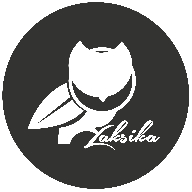PrimTech | UI/UX Case study
👋 Introduction
PrismTech is a landing page designed to showcase the platform's tools for diversity analytics, real-time bias detection, and inclusivity training.
🎑 Project background
PrismTech operates within the tech industry, addressing the need for tools that promote diversity and inclusion in the workplace. The target audience includes HR professionals and organizational leaders looking to enhance their workplace culture and ensure fair treatment for all employees. The primary challenge was to design a landing page that effectively communicated these features while emphasizing the importance of creating an inclusive work environment.
What we’ll cover: In this case study, I will discuss the entire design process, from the initial research and ideation to the final implementation of PrismTech's landing page, a platform dedicated to help organizations build inclusive and thriving workplaces through innovative AI-driven solutions.
🚩 Objectives
The primary objective of the PrismTech landing page project was to create an engaging, informative, and visually appealing platform that effectively communicates the benefits of PrismTech’s AI-driven solutions for fostering inclusive and thriving workplaces. Specifically, the goals were to:
🏆 Success Metrics
🎯 Research Goals & Methods
Understanding User needs: Research lays the groundwork for understanding user needs, identifying pain points, and guiding design decisions. This phase includes establishing precise research goals, employing suitable methods, and communicating key insights effectively. The user needs for the project are as follows:
- Understand User Behaviors: Learn how users interact with similar platforms and what features they find most valuable.
- Identify User Preferences: Discover what design elements, content types, and messaging resonate most with users.
- Explore User Motivations: Understand the motivations behind users' interest in diversity and inclusion tools.
- Uncover User Pain Points: Identify the challenges and frustrations users face with current diversity and inclusion solutions.
Identify pain points: The research aimed to uncover specific problems that users encounter when dealing with diversity and inclusion initiatives. This included:
Research Methods used: To collect feedback from users about existing or proposed designs, the following methods were employed:
- Surveys: Distributed surveys to gather quantitative data on user preferences, behaviors, and pain points.
- One-on-One Interviews: Conducted in-depth interviews with 7 HR professionals and diversity officers to gain qualitative insights.
- Competitive Analysis: Analyzed competitors’ platforms to understand industry standards and identify gaps that PrismTech could fill.
- Analytics Review: Examined web analytics to identify user behavior patterns on existing platforms and inform design decisions.
After the initial research I created 2 personas based on the insights that I found to better understand the users.
👩 User persona 1:
🧑 User persona 2:
Empathy maps were created after the user personas were formed to widen the understanding of users perspectives, motivations, and their needs.
✍🏻 Defining the problem
After creating the personas and empathy maps I started analyzing the data and identifying the key problems that the users were facing.
📝 Ideation
I delve into the creative solutions and brainstormed to effectively address user needs. By leveraging diverse perspectives and innovative thinking, I generated the ideas that shape the design and functionality of the website. One of the best methods for iterating on solutions is creating wireframes, which are quick to produce, cost-effective, and easily modifiable.
🥇 Solution
Since the project focused on diversity and inclusion the logo was a vital aspect of the project. After brainstorming a bunch of possibilities I decided to go with PrismTech as the name of the brand.
A prism is an object that disperses white light into multiple colors when the light passes through it. The reason behind choosing PrismTech was the combination of the words Prism + Tech. The Prism here signifies inclusion and diversity and Tech brings the technical aspect of the brand. The brand names aligned perfectly with the requirements for the project that is unforgettable and embodies its philosophy. Then the logo was created for the landing page.
I decided to use a gradient as one of the style elements throughout the page design as multiple colors represented diversity. For the primary brand color, I chose the blue color #2A62F2. The color signified trust, security, boldness, and reliability.
💎 Visual Design
🇹 Typography
🌈 Color palette
🎉 Landing Page Design
✨ Final Thoughts
Throughout the PrismTech's landing page project, my focus was on creating an inclusive and engaging platform that truly reflects the values of diversity and inclusivity. By conducting thorough research and empathizing with our target audience, I identified key pain points and needs that informed my design decisions.
The journey from initial concept to the final design was both challenging and rewarding. Understanding our users' pain points and needs was fundamental in creating a landing page that resonates with them. Designing with inclusivity at the forefront helped me create a more welcoming and effective product.
Reviews
3 reviews
Overall, this is a solid idea with great implementation. I liked the clearly defined goals, and the research findings seem helpful.
What caught my eye:
- Personas: I didn't notice a significant difference in the needs of the two personas, making it unclear why both are necessary.
- Texts: The text needs more work. They feel a bit generic, and some are too lengthy. At first glance, while scrolling through the page, the main idea of the service wasn't immediately clear. Pride Month attributes should set the right impression, but the website's core idea must be crystal clear.
- Attention to detail: I spotted a few small issues that give the impression the work was done hastily without attention to detail:
- The cover image has "inclusivity" misspelled.
- The subtexts about the benefits of the service under titles like "50% drop," "countless," and "100% increase" use a serif typeface, while the rest of the website uses a sans-serif typeface.
I really liked your idea and the visual design is amazing!! The fonts and colors complement the overall concept and your decisions.
One thing I noticed that you've mentioned 2 typefaces "Roboto" and "Taviraj" in your case study but you've used the serif typeface in just one place inside the number cards below the logos and not anywhere else. If you're using 2 typefaces then you must use them in other places as well and not just in one place, otherwise you could have used just one typeface throughout your project.
Overall, I really loved going through your project. The case study clearly defines your research, and findings. The use of gradient in the headings was a good touch. It made the page look a bit vibrant yet keeping it modern and clean. Nice work!
Interesting and well-thought-out idea. And you've laid it out very nicely. Clean, clear, and right to the point.
I'm with Jacob on the typeface inconsistency—one would've done the trick, but that doesn't diminish the overall quality of your work.
Your idea is solid, and your presentation skills are on point. Nice job!
You might also like
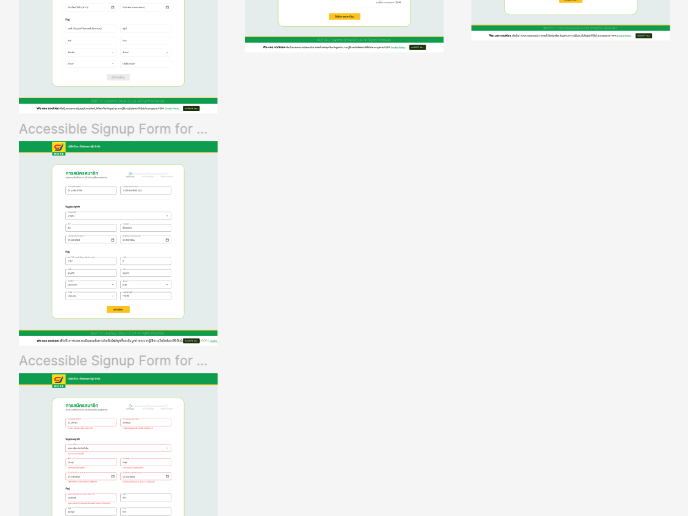
Accessible Signup Form for SaaS Platform
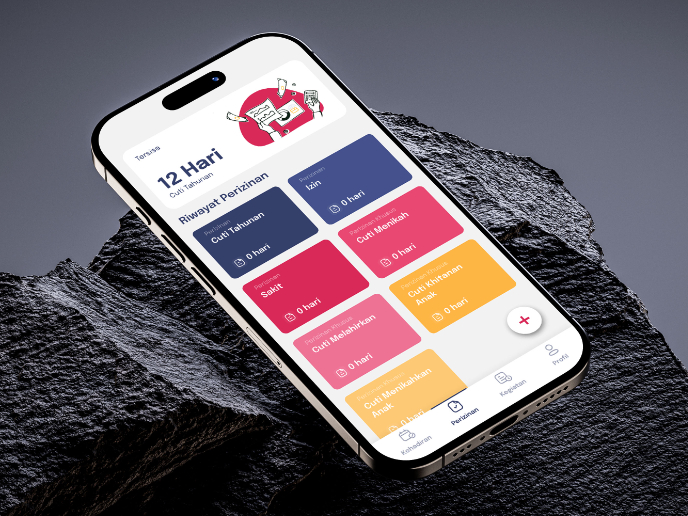
SIPALA - Attendance, Leave, and Activity Management System
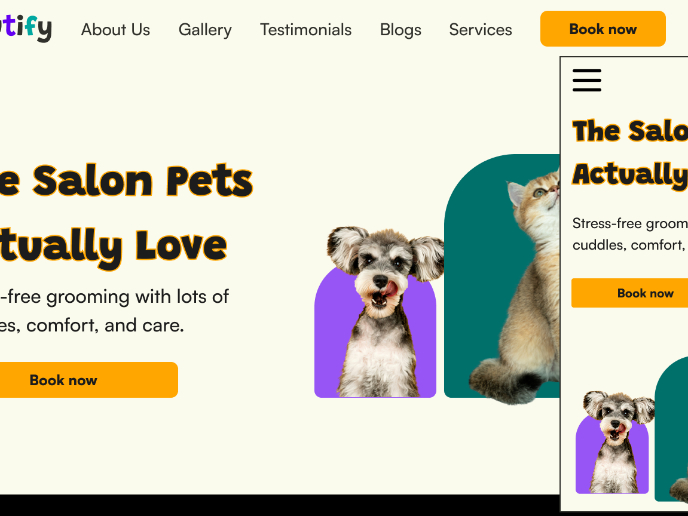
Pawtify - Responsive Landing Page Brief
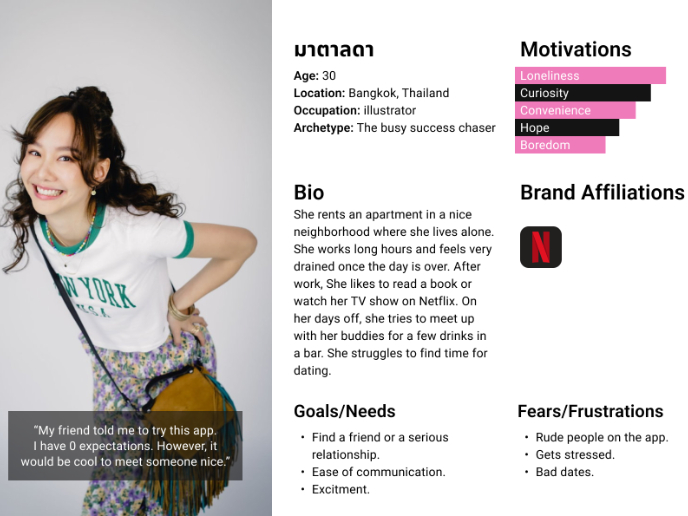
Develop a User Persona
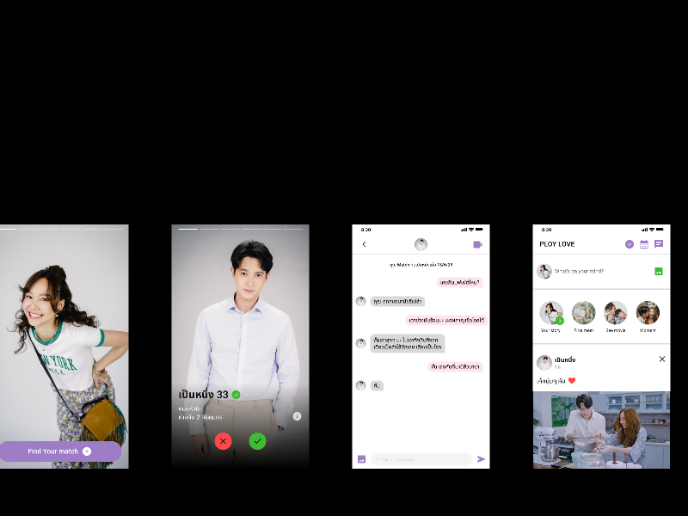
Plan A/B Test for the Onboarding Flow
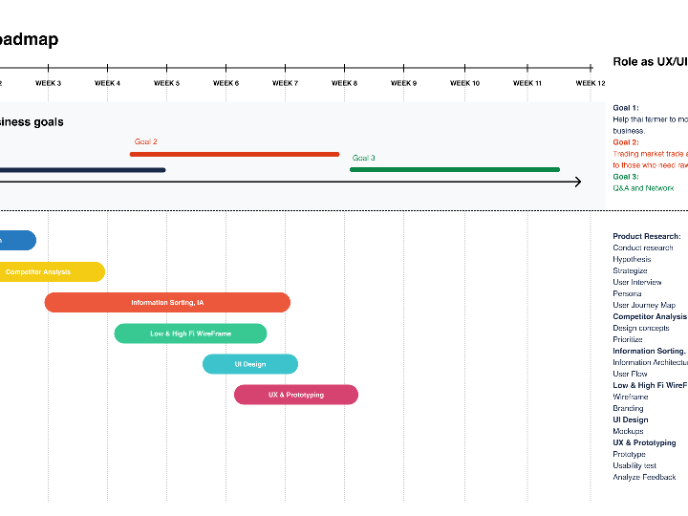
Build a Product Roadmap
Popular Courses

UX Design Foundations

Introduction to Figma




















